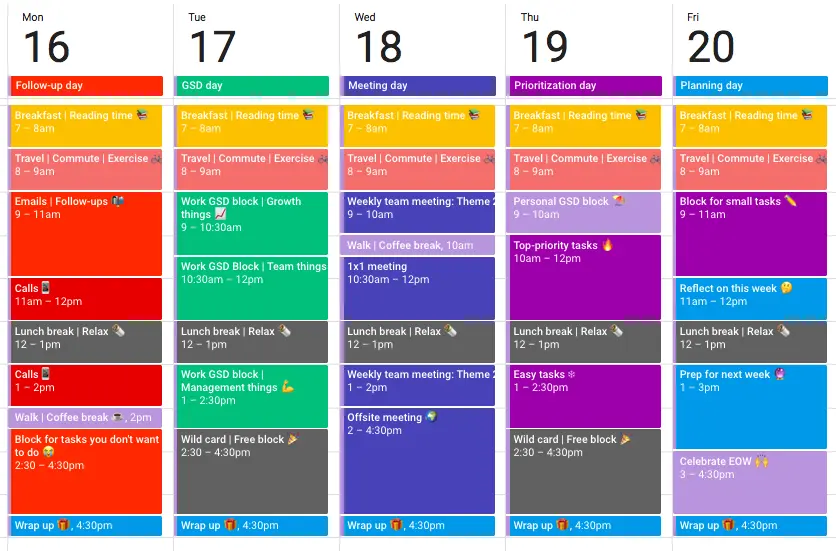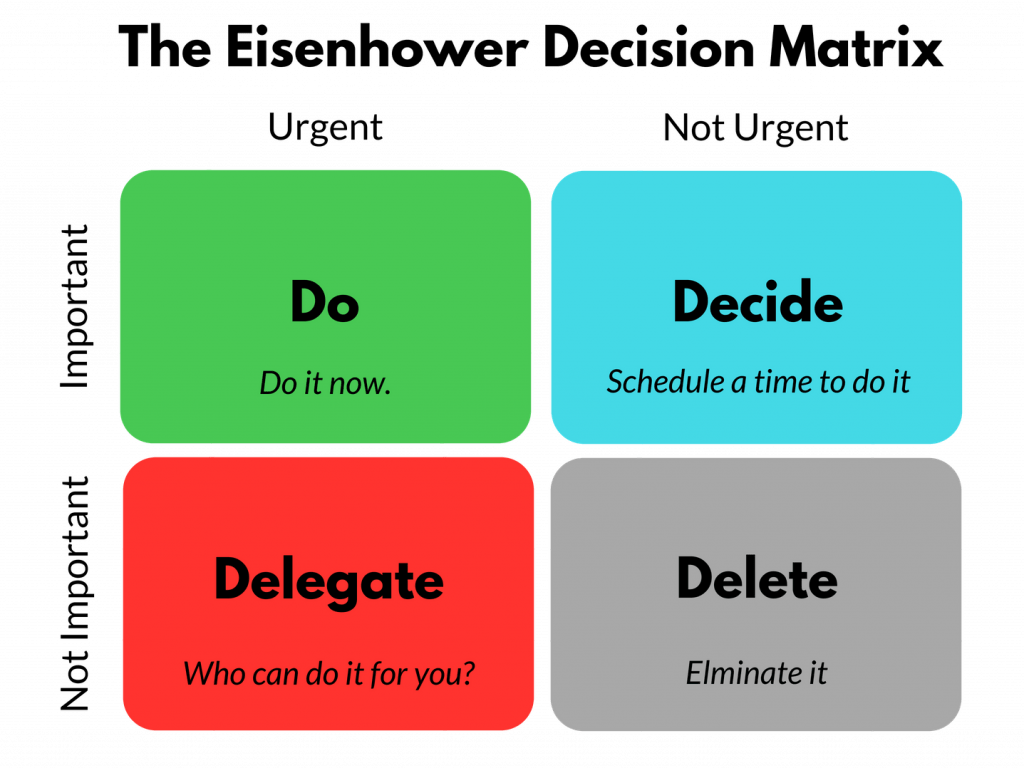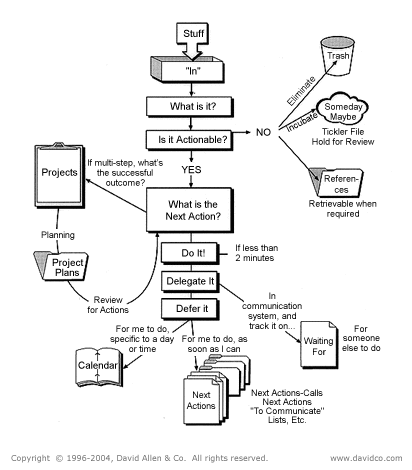As an entrepreneur, you know that time is money. The more productive you are, the more money you’ll make. That’s why it’s important to learn as many productivity hacks as possible and put them into practice. This will help you get more work done in less time, and ultimately make more money!
Consider for a moment that $1.8 billion is lost every year in workplaces because of distractions and other vices. Think about how much growth you could be losing without a good productivity system…

I’m extremely passionate about productivity and time management, so in this blog post, I’m going to share entrepreneur productivity hacks that have increased the work I get done by 10x.
Keep reading and enjoy getting more work done!
Take advantage of time blocking
If there’s one single productivity hack that makes the biggest difference in my life, it’s time blocking. This is a high-performance habit like billionaires like Elon Musk use to stay on track. Time blocking is a great way to stay focused on your tasks. By allocating specific times for specific tasks, you’ll be able to eliminate distractions and keep yourself on track. Take the time each day or week to plan out when you’ll work on certain tasks and stick to it as closely as possible. Here’s an example:

You can use a calendar app like Google Calendar or Microsoft Outlook to create blocks of time for each task. Or, if you prefer something more low-tech, there are plenty of paper planners available that will help you with time blocking as well. The important thing is that you find something that works for you and stick with it!
Also, I recommend that you plan your day the night before. That way, you wake up and can jump directly into your work without needing to scramble. It’s also a good time to reflect on your progress.
Do the most important work first
When you’re working on a project, it’s important to prioritize your tasks. Do the most important or difficult work first so that it gets done and allows you to move on to other tasks more quickly. This will help you avoid procrastination and stay focused on the task at hand. For example, don’t spend hours on emails if you have big client deliverables that should be getting done (we’re all guilty!)
You can use the Eisenhower Matrix to help you prioritize your tasks. Simply divide them into four categories: urgent and important, not urgent but important, urgent but not important, and not urgent and not important. Then focus on completing the ones that are both urgent and important first.

Work in the right environment
Within the last couple of years, working from home has become a lot more popular. Here’s the thing… I think working from home sucks. It’s easy to get distracted, and we associate our homes with relaxation and downtime.
That’s why a couple of years ago, I started leasing an office within a co-working space, and it was one of the best investments I’ve made in myself and business. It has allowed me to get clients, focus more, get an increased amount of work done, and network on a regular basis. Here’s a peak into the space I work from:
If you have the means, I recommend finding a coworking space in your area. Even if it’s just a few hours per day or just one day per week, having an office space away from home can be incredibly beneficial to your productivity and focus.
Try the Pomodoro method
The Pomodoro method is a great way to get work done quickly and efficiently. The idea is to break up your work into 25-minute intervals, each followed by a five minute break. After four intervals, take a longer break of 15 minutes or so.

This technique will help you focus on one task at a time while giving yourself the opportunity to rest after each interval. You can use an app Pomofocus to set timers and track your progress throughout the day.
That brings me to my next point.
Use the Getting Things Done (GTD) system
The Getting Things Done (GTD) system is an incredibly popular productivity tool that has been around for decades. The idea is to break down tasks into manageable chunks, create a clear plan of action for each task, and track progress along the way. Here’s how it looks.

I know it can look a bit intimidating, but once you apply it to your business or job, it makes sense. I highly suggest reading the book by David Allen to understand it in full. I’ve used it for years to vastly increase my productivity as a business owner. The general concept is this:
- Tasks come in, and you organize them by actionable or unactionable.
- If unactionable, you eliminate it or put it in a “Someday/maybe” folder.
- If actionable, you do it (if it requires 2 minutes or less), delegate it, or defer it.
You can use any number of apps like Asana (my favourite!) to help you manage your GTD system. These apps are great for organizing tasks, setting due dates and reminders, and tracking your progress over time.
Take strategic breaks
As much as influencers want you to believe that you can work 16+ hours per day, it just isn’t feasible. You need to take breaks, or you will burn out. But, you have to approach breaks in the right way or you end up just being lazy.

Instead, take strategic breaks throughout the day. For example, you could give yourself a five-minute break after you finish each task to give your mind some time to rest and recharge. This will help you stay focused and productive for the rest of the day.
You can also try more creative approaches like going for a walk, grabbing coffee, or listening to music. 71% of employees agree that taking breaks increases their focus and productivity. Just remember to keep them short, no more than 15 minutes, so that you don’t get too distracted!
Create a daily and weekly schedule
I’m not a fan of to-do lists. Frankly, I think they’re overrated. Sure. You need to know what you have to do every day, but more importantly, when. That’s why having a daily and weekly schedule is so important.
At the start of each week, decide what you need to accomplish for the next five days. Then break each task down into smaller chunks and assign them to specific times throughout your day. This will help keep you on track and help ensure that you’re getting work done efficiently.
You can also use calendar apps like Google Calendar to block off time for specific tasks and remind yourself when it needs to be done by. It takes away a lot of guesswork and helps create structure within your day.
Leverage automation where you can
Working smarter, not harder, is the name of the game. You don’t want to be spending too much time on mundane tasks that could easily be automated. The more you automate, the more free time you’ll have to focus on higher-level work.
Look for apps and services that can automate your workflow. For example, you can use email marketing software like Convertkit to send out newsletters and promotional emails automatically. You can also use project management software, as I’ve mentioned earlier, to automate team tasks and progress. Zapier is great for all-around automation.
Final thoughts on productivity hacks for entrepreneurs
There you have it; eight productivity hacks for entrepreneurs that will help you stay focused, get more done in less time, and keep your sanity. I’ve personally tested and used these over the years, so I can vouch for their effectiveness. Here’s a recap:
- Start by using the Pomodoro technique to focus on one task at a time.
- Follow that up with the GTD system to break down tasks into manageable chunks and track progress.
- Try changing and optimizing your work environment to stay more focused.
- Use time blocking and prioritize getting the biggest tasks done early in the day.
- Schedule strategic breaks throughout the day and create a daily and weekly plan.
- Use automation where you can to save yourself some much-needed time and energy.













